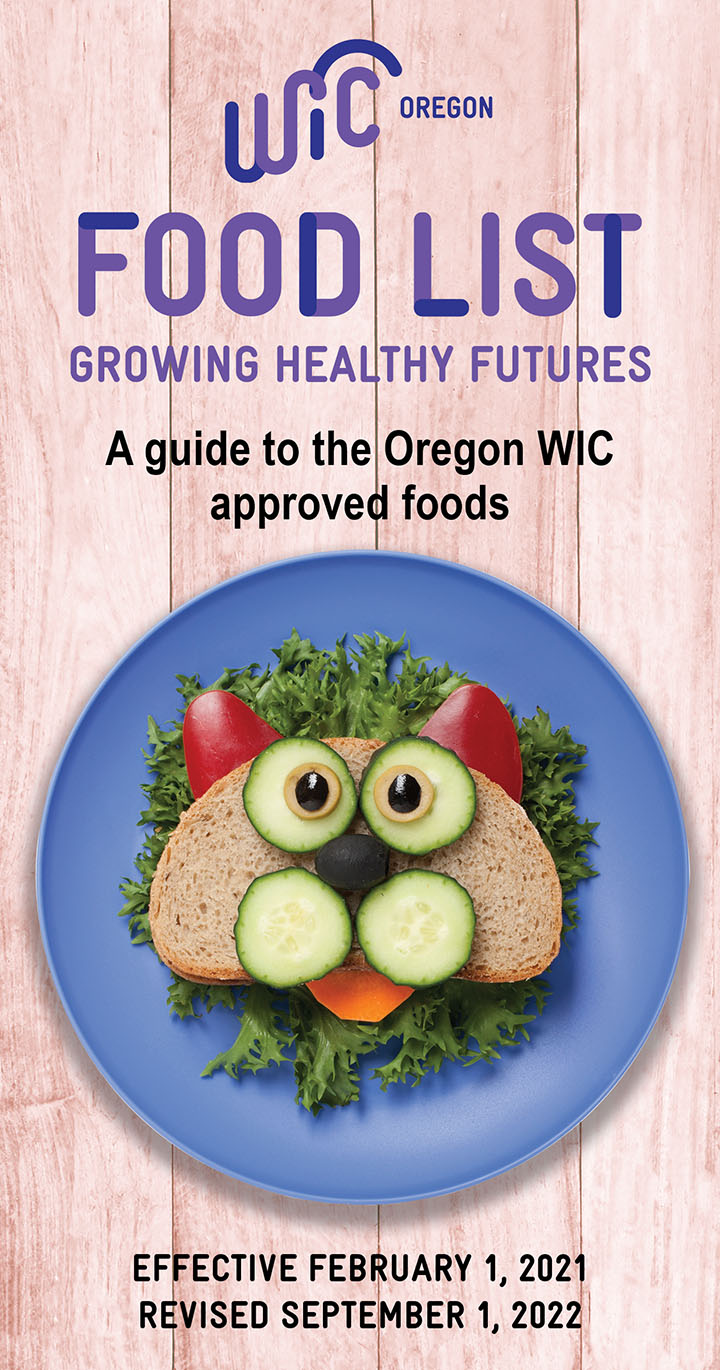

Over the years, there have been some changes to the WIC program. The additions to the budget were part of the president's goal of ending childhood hunger over a five-year period. The additional funding is aimed at ending childhood hunger, reducing childhood obesity and improving the diets of children. In 2009, President Barack Obama proposed an additional $10 billion for child nutrition programs to be distributed over 10 years. In 2003, more than 13,468,545 infants and children were eligible to participate in WIC but only 7,684,365 people actually did, according to the Food and Nutrition Service, which means that a little more than 57 percent of the people who were eligible to receive the benefits actually did.Īccording to a 2002 federal study, Hispanics made up the largest part of the ethnic groups receiving WIC (roughly 38 percent), followed by whites (36 percent), blacks (20 percent) and others: Asian, Pacific Islander, American Indian or Alaskan Native(at 5 percent).Ī report released in 2010 by the USDA said the Fiscal Year 2009 WIC budget was $6.86 billion and the Fiscal Year 2010 WIC budget was $7.25 billion. How many people get it, how many people could receive benefits and how much money is spent on the WIC program? Read more to find out. Breastfeeding also may increase the bond between mother and child.

Statistics from the government agency show that infants who are not breastfed are more likely to suffer from infections and conditions like allergies, asthma and diabetes. The program urges women to breastfeed, and WIC provides breast pumps to women as a means to encourage them to continue breastfeeding once they return to school or work, according to the U.S. For mothers, after their child celebrates their first birthday, benefits are cut off. Children can get benefits up until they reach 5, as long as the income qualifications remain the same. Once her child is born, if the woman is breastfeeding, she can continue to receive benefits for herself and her child for up to a year. Single mothers are eligible, as are single fathers with children under the age of 5 and grandparents who have custody or guardianship over eligible children.Ī pregnant woman can receive benefits to keep herself healthy for the duration of her pregnancy. For a family of four, that number was $41,348 through June 2012. The criteria typically hinge on income and target women who are at or below 185 percent of the federal poverty guideline, which is determined by the number of family members in a home and the amount of income brought into the home. All applicants enrolled in these programs must meet certain criteria and live in the state where they apply.


 0 kommentar(er)
0 kommentar(er)
